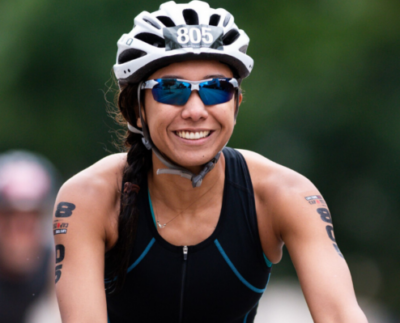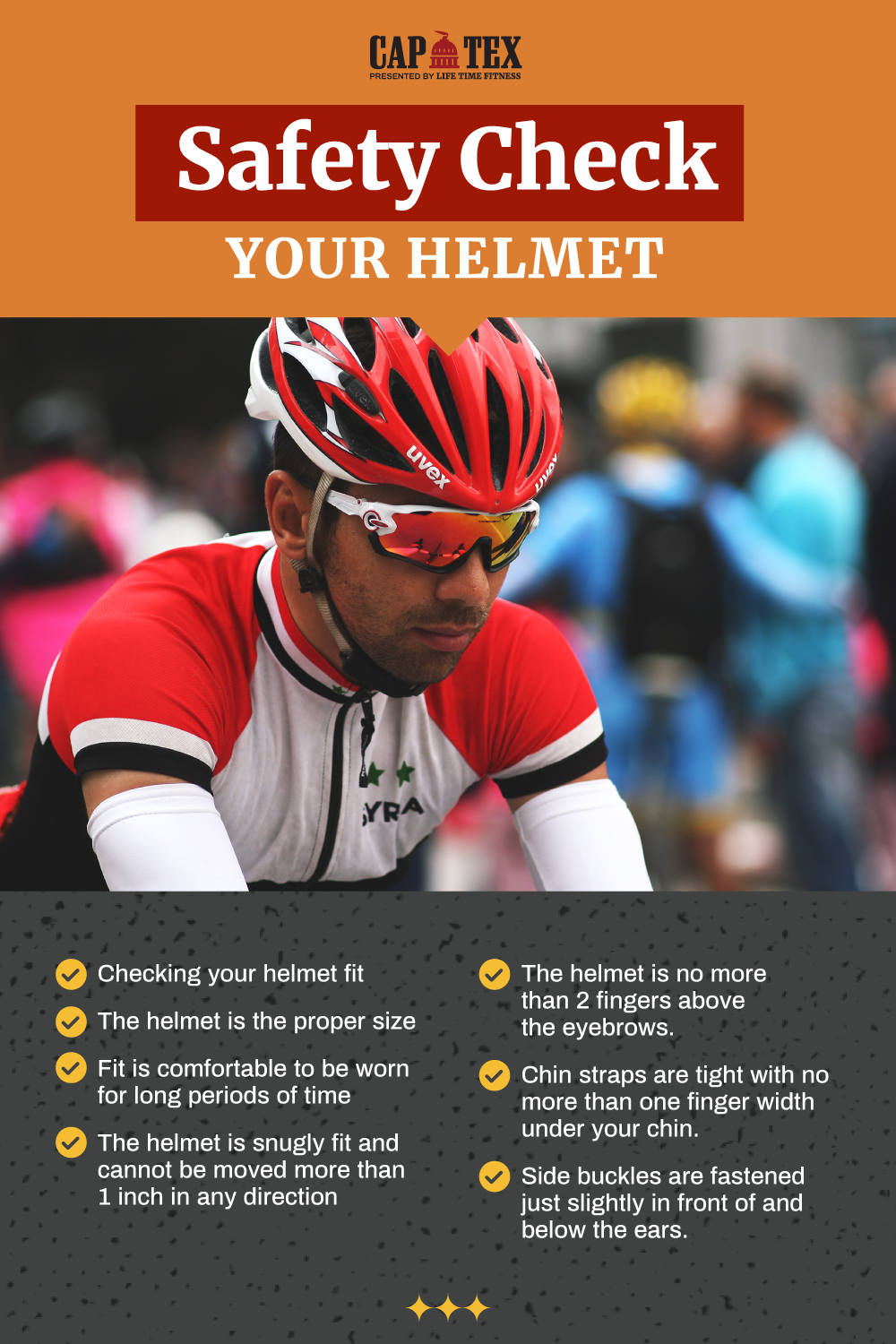Our Favorite High-Tech Triathlon Gear
Take things to the next level with our favorite high-tech triathlon gear
To optimize your triathlon training and performance you need the best gadgets and gear. From the swim to the bike to the run, we’ve got it covered. Here’s a list of our favorite high-tech triathlon gear that can improve your chances of outperforming yourself. Check the hyperlinks for the recommendations of our favorite high-tech triathlon gear. Pro tip: if you’re new to triathlon check out the 6 items you must have.
Swim skins
A wetsuit is not suitable for swimming in warm waters, any temperature beyond 78 degrees by USAT standards. In some cases, athletes are not even allowed to wear wetsuits to compete. Therefore, you must invest in a swim skin that is designed to improve hydrodynamics. A swim skin betters your body’s alignment with the water due to its smooth surface and unrestrictive fit. It is a piece of must-have equipment during a swim leg and is worn over the tri-suit. Despite being non-buoyant, your body will contract under a swim skin. Therefore, the amount of friction with the water will reduce significantly and your speed would dramatically increase.
Bluetooth bike trainer
A Bluetooth bike trainer, like the Garmin TacX Neo 2T direct-drive smart trainer, is a great tool for indoor cycling. You may consider adding it to your collection of cool gadgets for the sake of it being ergonomic, enjoyable, and efficient. It is a more user-friendly device than a power meter or a bike computer. All you need to do is connect your Bluetooth trainer to a bike app like Zwift. Then you can enjoy a virtual, noise-free ride with the benefit of gaining precise insights into your cycling dynamics.
Disk race wheel
You can attach a disk wheel on the back to experience a smoother ride as it offers an effective mechanism to deflect air resistance. Disk wheels are ideal for short track races or indoor cycling meant to help you to get into a more aerodynamic position. So, if the requirement meets the demand, you can check and see if bike shops in your area rent disc wheels.
Electronic Shifting – Di2
Gone are the days of hand-motion based gear shifting. Add more control to your cycling game with this electronic shifter. It allows you to shift through the complete range of both the derailleurs. It comes with no cables, ergo no friction. And you can perform faster shifting on every range – front, rear, up and down. Check with your local bike shop to see if you can upgrade your traditional gear to its electronic variant.
Power meter pedals
If you are looking for a complete cycling and training experience, that is also smart, get yourself power meter pedals. It supports Bluetooth and ANT+ connectivity. So, you can depend on the most accurate data of your cycling dynamics. Go for the one with 120-hour battery life that’s easy to install on any crankset.
Garmin Forerunner 945XT
Complete your running practice with this cool smartwatch that has a 360-degree curve in terms of performance and features. It comes with GPS tracking. You can even download songs to your watch. The gadget performs every nitty-gritty of performance monitoring and you can pay with it! Yes, you heard that right. Enjoy a battery life of up to 2 weeks in smartwatch mode.
AfterShokz Xtrainerz
The open-ear designed, bone-conduction, waterproof audio system has a very comfortable fit. Add some relaxing audio to your underwater training with these headphones. It does not come with Bluetooth connectivity. However, it has a 4gb memory, so, you can keep up to 1200 songs on this device. Most devices offer an 8-hour battery life.
If you plan to upgrade your gear, our list of favorite high-tech triathlon gear is a great place to start. Make sure you visit the hyperlinks and order the gear you need. Or share the link with Santa, if you’re on the Nice List!



 To keep the helmet in place, the next step is ensuring the chin straps are long enough to reach under your chin and can be tightened securely. This part is especially important because you do not want to be dealing with an ill-fitting helmet during your next tri.
To keep the helmet in place, the next step is ensuring the chin straps are long enough to reach under your chin and can be tightened securely. This part is especially important because you do not want to be dealing with an ill-fitting helmet during your next tri.